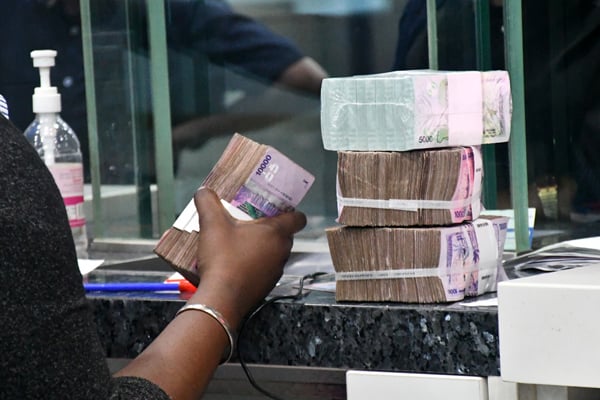Prime
Govt used Shs1.4 trillion to pay interest on external debt in 2021 - World Bank

Uganda spends the largest chunk of locally mobilised revenues on debt repayment, leaving so little for the country to pursue development expenditure. Photo / File
What you need to know:
- The expenditure, according to World Bank, is part of the debt-service payments that continues to put the biggest squeeze on a number of African countries.
Uganda spent $380m (Shs1.4 trillion) on interest payment for its external debt during 2021, according to World Bank.
The Shs1.4 trillion, World Bank noted, was an increase of $114m (Shs420.8b) from the $266m Shs981.8b) spent in 2020.
The expenditure, according to the World Bank, is part of the debt-service payments that continues to put the biggest squeeze on a number of African countries.
Uganda spends the largest chunk of locally mobilised revenues on debt repayment, leaving so little for the country to pursue development expenditure.
This has as a result created a cycle of borrowing extending into expensive loans.
Therefore, the World Bank noted, poor countries such as Uganda spend more than a tenth of their export revenues to service interest payments, the highest since 2000.
In its International Debt Report released on Tuesday, the World Bank highlights rising debt-related risks, presented through interest rates and a slowdown in global growth.
In Uganda, the World Bank noted, the country used $380m (Shs1.4 trillion) in 2021 to pay interest on its stock of external debt, which increased from $17.2b Shs63.5 trillion in 2020 to $19.21b (70.9 trillion) in 2021
The report further indicates that Uganda’s usage of the IMF credit and special drawing rights increased from $769m (Shs2.8 trillion) to $1.48b Shs5.4 trillion) in 2021 while long-term external debt increased from $15.24b (Shs56.2 trillion) to $15.9b (Shs58.9 trillion). Short term debts increased from $1.191b (Shs4.3 trillion) to $1.77b (Shs6.5 trillion)
The report states that at the end of 2021, low- and middle-income economies owed 61 percent of their public to private creditors - an increase of 15 percent from 2010.
The share of debt owed to government creditors that don’t belong to the Paris Club (such as China, India, Saudi Arabia, UAE) has soared with China holding the largest share of bilateral loans to World Bank countries, accounting for 49 percent of their bilateral debt stock - up from 18 percent in 2010.




